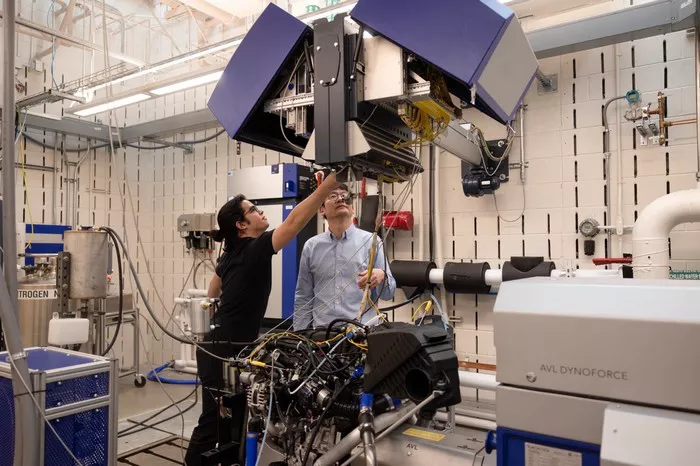The transition to electric vehicles (EVs) is reshaping North America’s auto industry in unexpected ways, according to new research co-authored by former Chicago Fed economist Thomas Klier. Contrary to assumptions of widespread disruption, the study found that while EV adoption is accelerating, internal combustion engine (ICE) production remains deeply embedded in the industry’s operations.
Klier told Tech Brew that the report serves as a “bookend” to previous research suggesting the shift to EVs would not drastically alter North America’s automotive footprint. The latest study, covering 2016 to 2023, reveals a strategic streamlining of ICE production rather than wholesale displacement.
Using data from S&P Global Mobility, Klier and co-author James Rubenstein identified a 19% drop in vehicle assembly with ICE engines over the period, yet found “virtually no change” in the number of plants producing them. Engine production itself declined by 15%, with an even sharper contraction in the variety of engine configurations—falling from 60 unique models in 2016 to 35 in 2023. Additionally, the supply chain saw a shift, with fewer engines being imported from overseas and a reduction in cross-border engine shipments within North America.
The researchers attribute this consolidation to automakers seeking cost efficiencies while navigating the costly transition to EVs. Klier noted that legacy automakers are under immense pressure to fund EV investments while maintaining profitability from ICE vehicles. The streamlining of engine production is a strategic response to these financial pressures.
Despite these changes, the geographical footprint of engine manufacturing in North America has remained relatively stable. One stabilizing factor, the study suggests, is the growing market for hybrid vehicles, which still require engines but emit fewer emissions than traditional ICE cars.
However, looming policy shifts could still reshape the industry. The Trump administration’s proposed 25% tariffs on imported vehicles aim to boost domestic production, though experts caution that such changes would require years of consistent policy enforcement to significantly alter North America’s automotive landscape.

